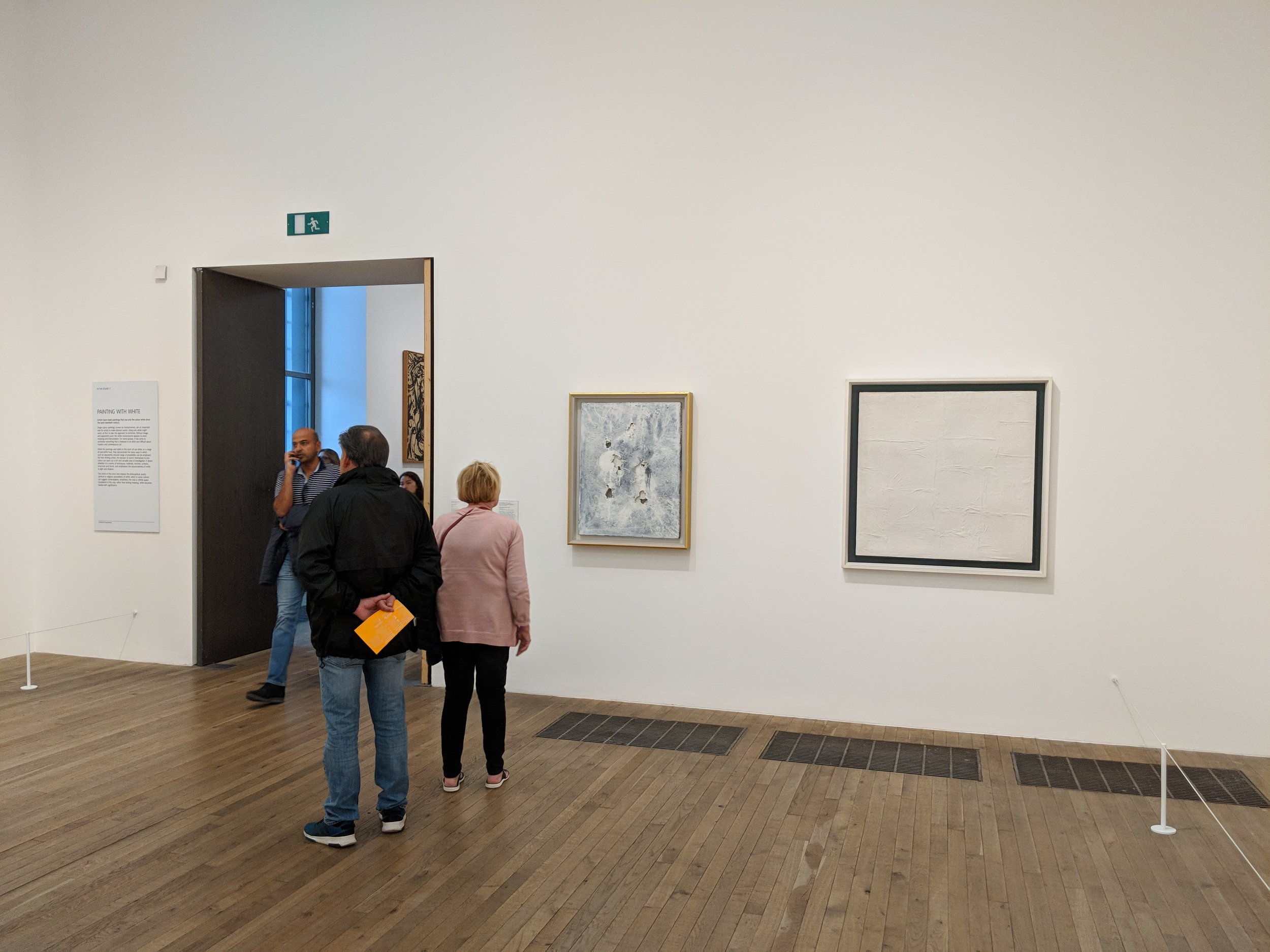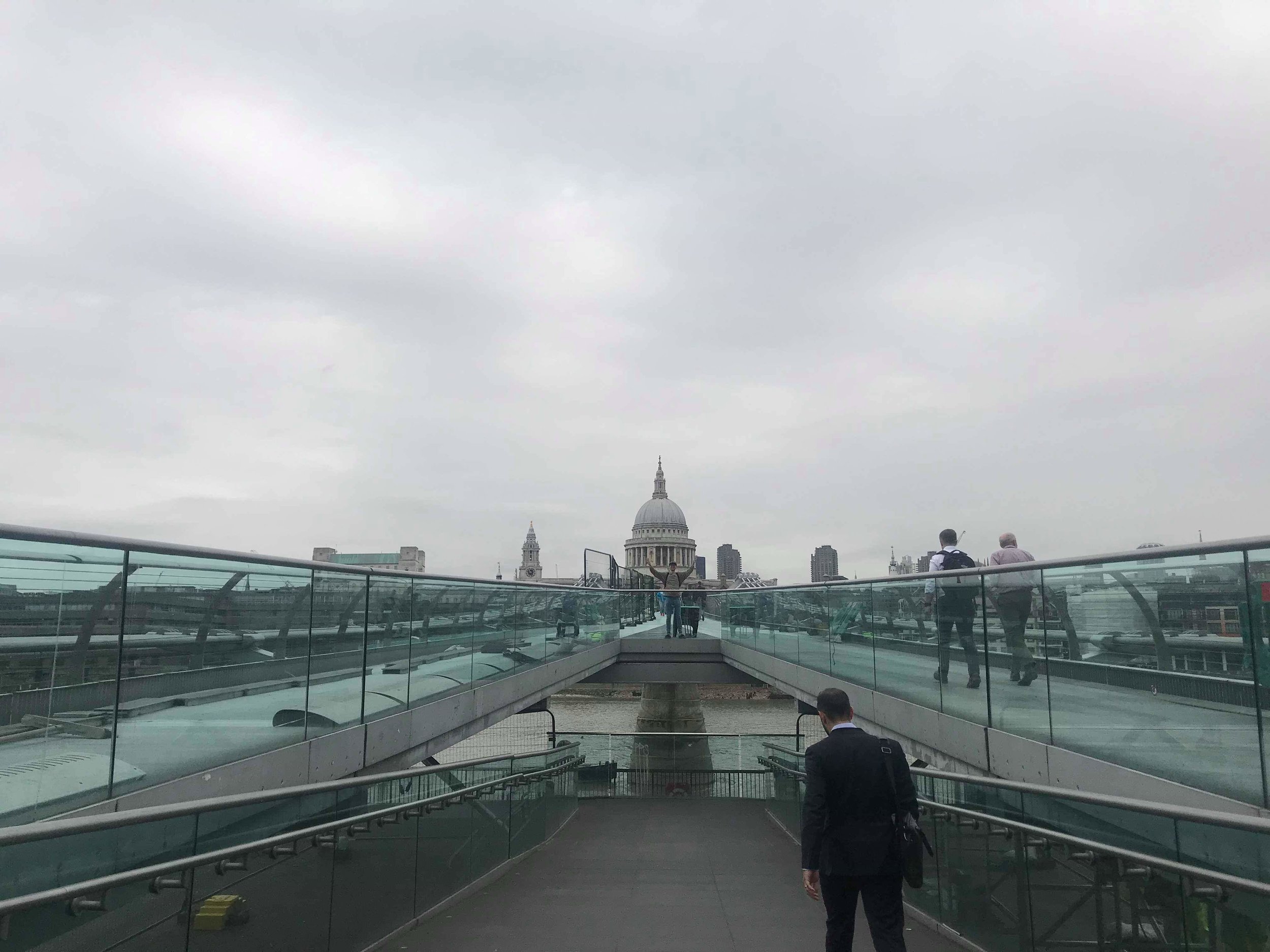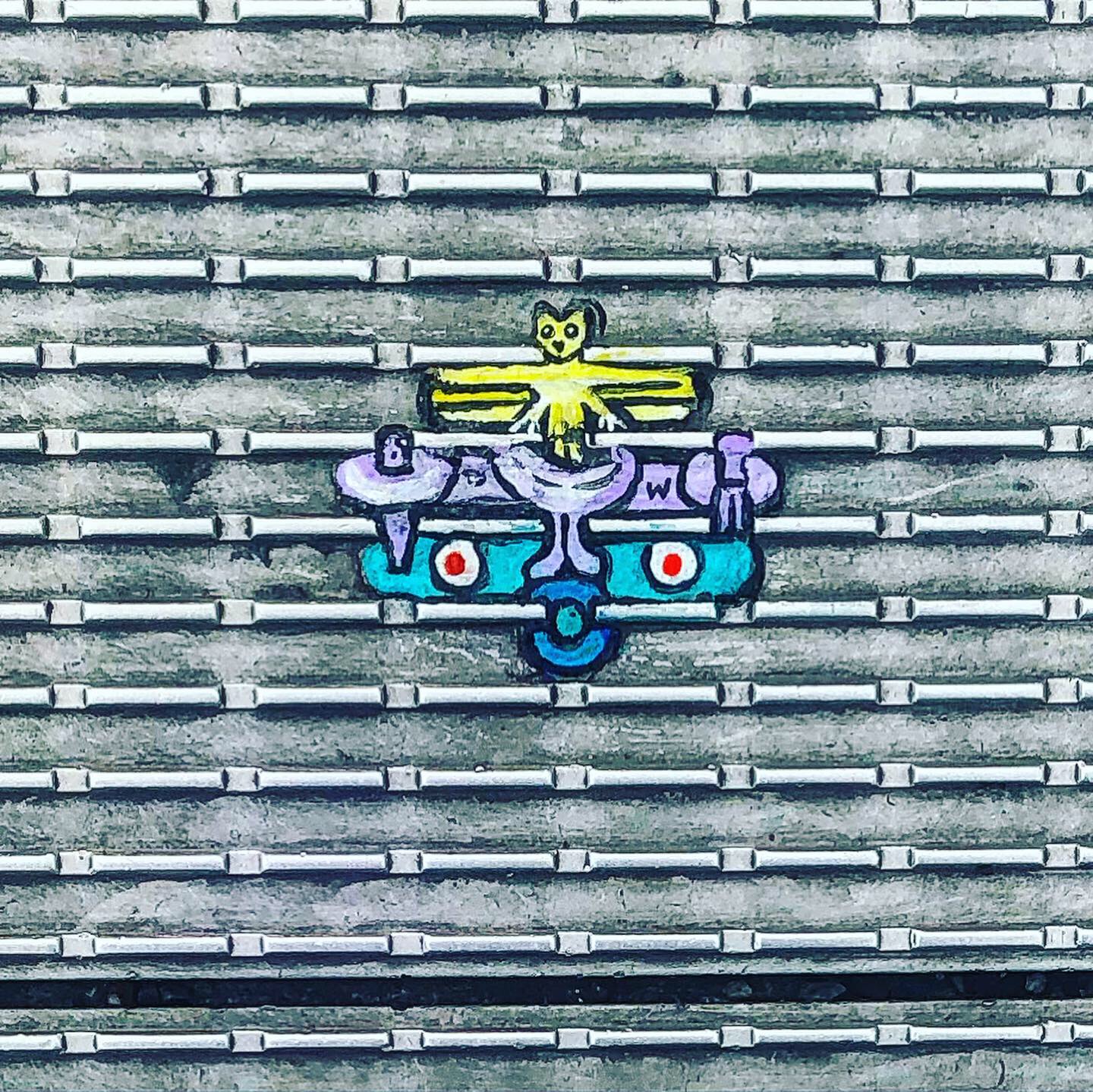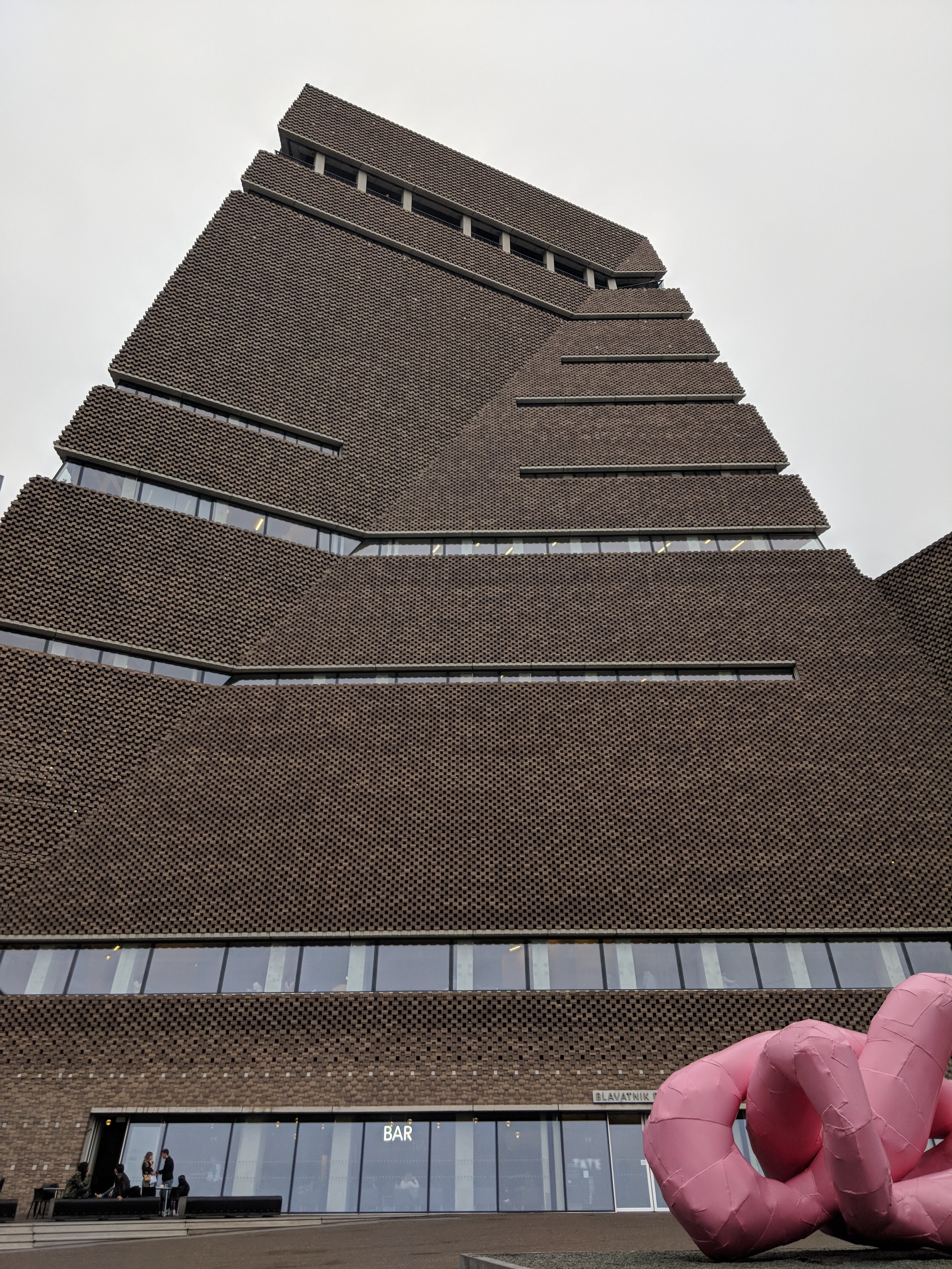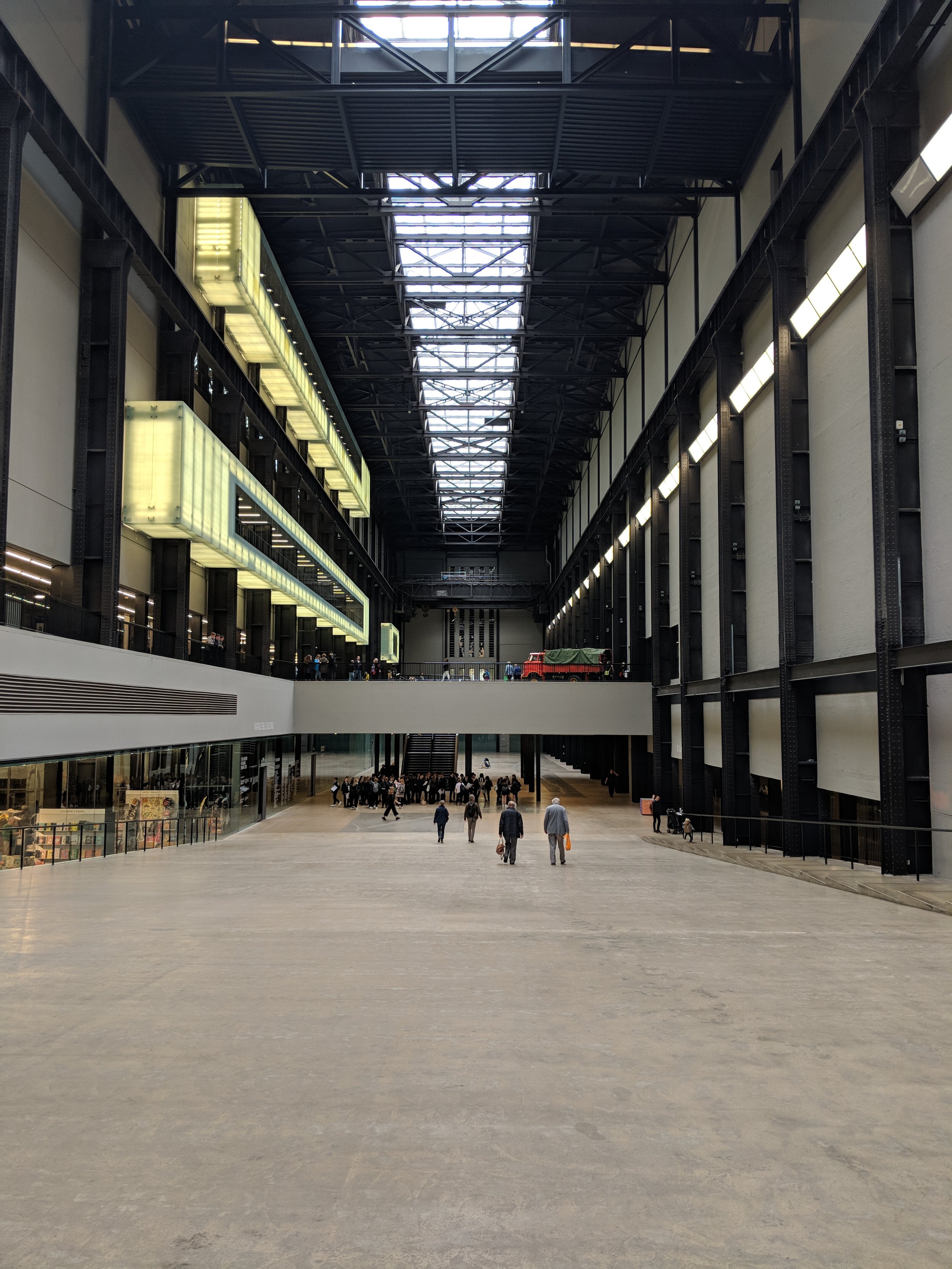Tell us a little bit about yourself—your background, major program of study, reasons for taking this trip, and anything else interesting you want to share (maybe something people might not know about you).
Hello, my name is Mark Robinson and I am a returning student of the Bachelor of Fine Arts program at Kwantlen. A few years ago I graduated with a Diploma of Fine Arts. I spent those years exploring other interests and working. The primary focus of my art practice is the visual distortion and personal effects of mental disorder/illnesses. Working mostly with figures and distortion of form and space to embody the change of psyche in myself and other individuals. My hiatus was a much-needed break from education. It also became an unwanted gap from my artistic drive and the art community. I needed to get that drive back and continue to be creative and make art again. When I heard about the field school it immediately clicked to be a return of my creative drive and an opportunity to travel and experience some of the greatest art in history. Being able to experience and discuss the art with my peers was the exact inspiration and reintroduction I needed.
Mark (left) posing with Reggie (by St. Paul’s beautiful rose bushes) on the way to the Tate Modern.
What has met or exceeded your expectations or surprised you about London (or Venice) so far?
The city of London is a wonderous combination of new and old. The architecture is awe inspiring, so full of history. I had been told London was a city worth experiencing. A city with history, art, and people. The weather is just as sporadic as I've heard. The constant threat of rain and random inconsistency of sunshine, overcast and wind. You have to be prepared to walk from the warmth of the tube to a flurry of rain and wind. Galleries are extremely accessible. Both the Tate Britain and the Tate Modern are free entrance. The Tate Britain is also next to the University of the Art London. What extreme accessibility for students studying there. The collections are nothing short of spectacular. London is worth visiting, worth exploring, and getting lost in. It is a beautiful city that has captivated me. Afternoon walks are just as exciting as witnessing the works in the galleries. For my first time in London I could not ask for a better start to wonderous visit of the city.
Give us some insight into your assigned artwork from the Tate Modern. After seeing the work in person in London (and any other related art from the same artist or art movement associated with the assigned work), what struck you most about it and/or how did the artwork’s form, content, and context shift for you when seeing it.
Piero Manzoni’s Achrome (1958) at the Tate Modern
My assigned work was Piero Manzoni's Achrome, (1958). Manzoni's Achrome series was his exploration into material and question the authorship his work. Manzoni removed colour from his pieces. Achrome was created by soaking canvas in kaolin, a type of clay used for creating porcelain. The canvases are soaked and left to allow the kaolin to take control and create its own forms. Achrome is part of Tate Modern's “Painting in White” room. As I walk into the gallery and saw the work, my immediate thought was to question the scale of the work. Having researched the work and viewing photos of it, I assumed it was a much larger piece. I delved deeper into the work and became fixed on the details. Being able to get close and see the details of the materials opened my mind to the idea of allowing the material to create forms. The ways the kaolin splattered, beaded, spread across the canvas was something outside of human interaction. You could tell Manzoni had removed his hand from the work. The curiosity I had built during my research had faded in a natural calm. I had been refracted through the work, no longer focused on Manzoni's intentions and ideas, and only on the form the work had chosen to take.
How did you approach the creative task of responding to your assigned artists in studio? What were your challenges as an artist to be in dialogue with the artwork and artist? Would you do anything differently now that you have seen the work in person?
My first piece is a response to Francis Bacon's triptych Three Studies for Figures at the Base of a Crucifixion (1944) (bottom left) I was inspired by Bacon’s use of figurative distortion—the stretching and morphing of the figures. I wanted to bring a physical form to the anxiety and stresses of our social insecurities. We are influenced by all forms of media and the expectations they cast on us. We strive to become a mirror of that perfection. People obsess, overwhelm, and break down because of it. Despite all our insecurities and anxieties, we are expected to remain calm, collected, and with insecurities. My piece was to bring a situation where the insecurities festered in their own living form even as the subject remained collected and appears to be in control.
My second piece, Self Portrait Study (All My Faces) (above right) is a response to Manzoni's Achrome. Manzoni worked with the idea that the final artwork is not the the finished piece but an remnant of the artist’s acts and intentions. I began to work towards creating remains of a similar moment. How we perceive ourselves in our lives became my main idea. We are remnants of past versions of ourselves. We have all had visions of who we are and who we want to become. We never stay the same and rarely become that which we dream to be. We each have a series of faces over the year. I delved into my own experiences and began to assemble various faces, aspirations, and insecurities. I then censored/sealed most of my work. I left remains of the act by leaving elements open and through my works title. A glimpse for the audience into the experience of readdressing my personal perceptions of myself. My method of censorship/sealant came from Manzoni's practice of allowing his consent materials to create the work. Mixing a light neutral grey gesso, and spreading it on my work, I was not able to remove my hand totally from the work, but I do believe I was able to remove my intentions and face from the work.
Today’s activity was located at Tate Britain. What were your impressions? What will you take away of the experiences of this day?
Today's activity was our trip to Tate Modern. Our day started with the trek to the Millennium Bridge. A wavy open walkway right to Tate Modern. The views from the bridge are worth the walk. The view of Tate Modern invigorated and excited me with each step. As we progressed across I looked down and noticed we had already encountered artworks. In small worn down sections of the bridge someone had created small painting. Ranging from small to very small, these piece were sporadically spread across the bridge. Having been only ones to cross the bridge the day before Steven and I knew what to look for and made sure the rest of the group saw the works to. As we entered Tate Modern we immediately headed toward the main hall. The sheer amount of space in the hall was unbelievable, it was the welcoming gate into the gallery. Tate Modern is absolutely huge. It squashed the galleries of home under its heel, there is no possible way you can experience all of the artwork present in a single day. That did not stop us from trying.
Mark walking the Edward Krasinski’s mirror installation in the new wing of the Tate Modern
We each started with our assigned work, dashing off in hopes of quick findings. I came into contact with Piero Manzoni's Achrome, fairly early on. Finally getting to witness the work in-person, I began my observations. I then proceed to view as much work as possible, systematically moving through the floors. The group then reconvened and agreed to split up and have their own adventures. I chose to stay at Tate Modern. I had only been through one building and needed to experience the rest. There were so many intriguing and inspiring works, it was exhausting and absolutely worth the sore feet. And I could not trade for anything. I would wholeheartedly recommend to anyone interested in art to jump in with both feet and spend a day or two experiencing the collection at Tate Modern.
Our group posing in the Gerhard Richter room at the Tate Modern

